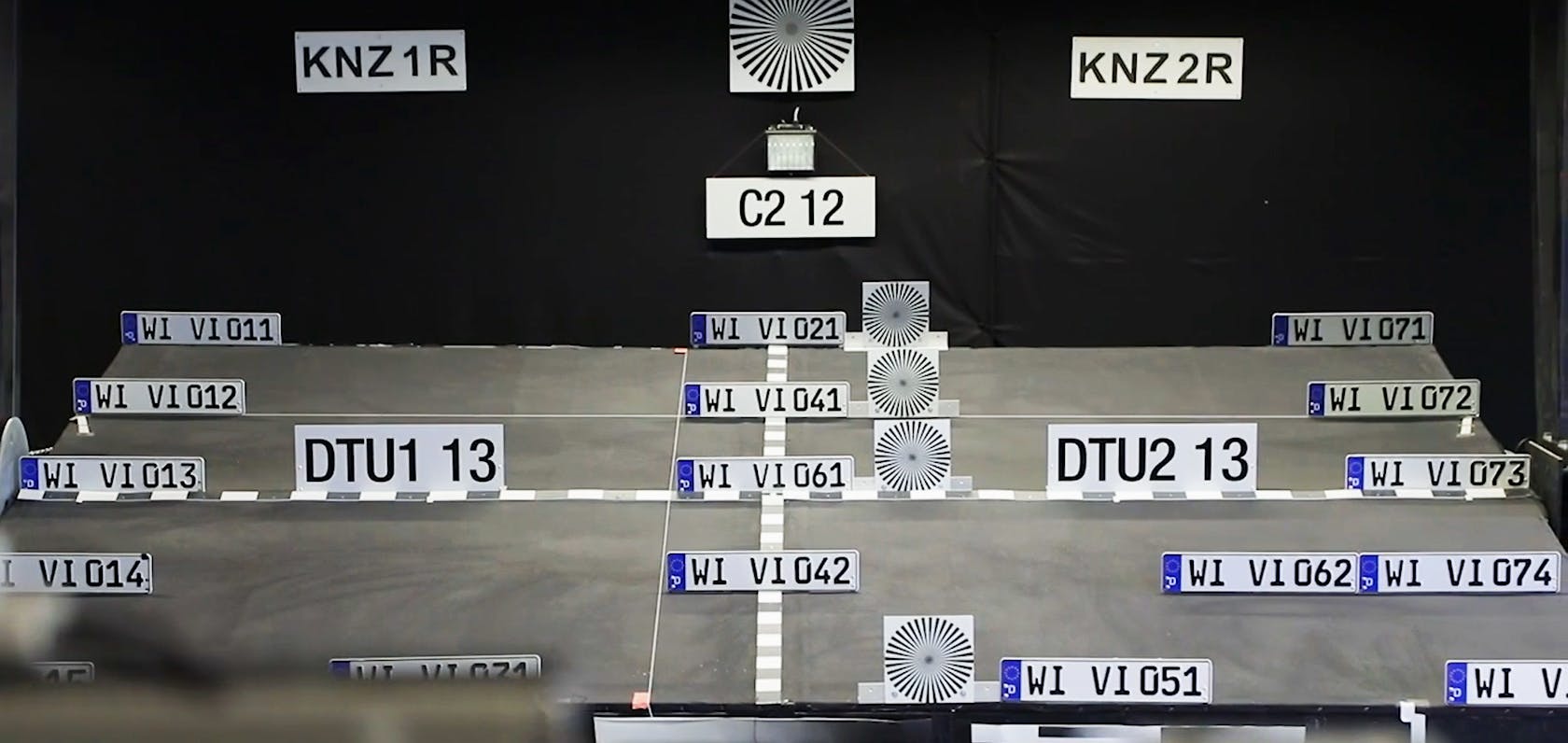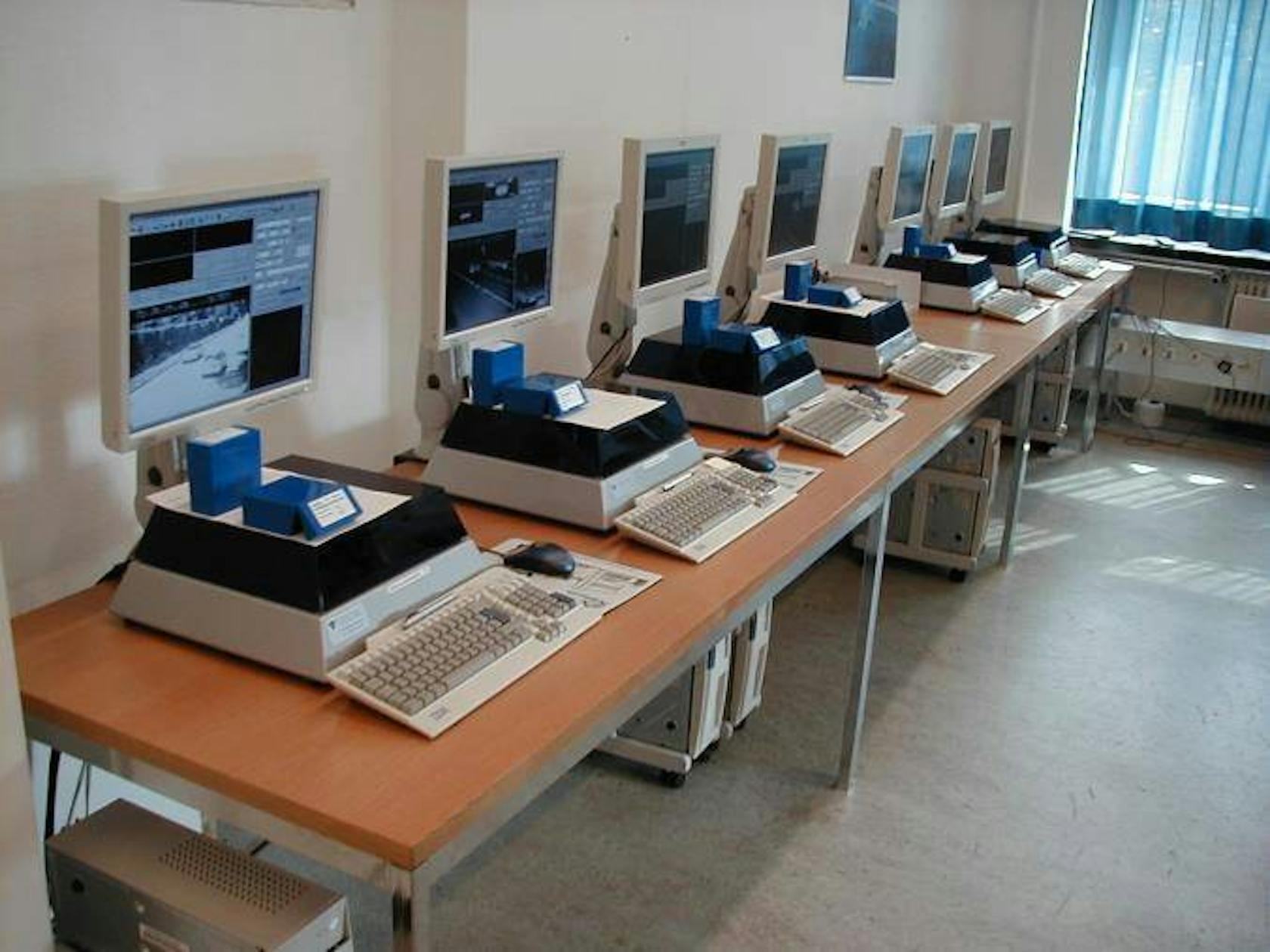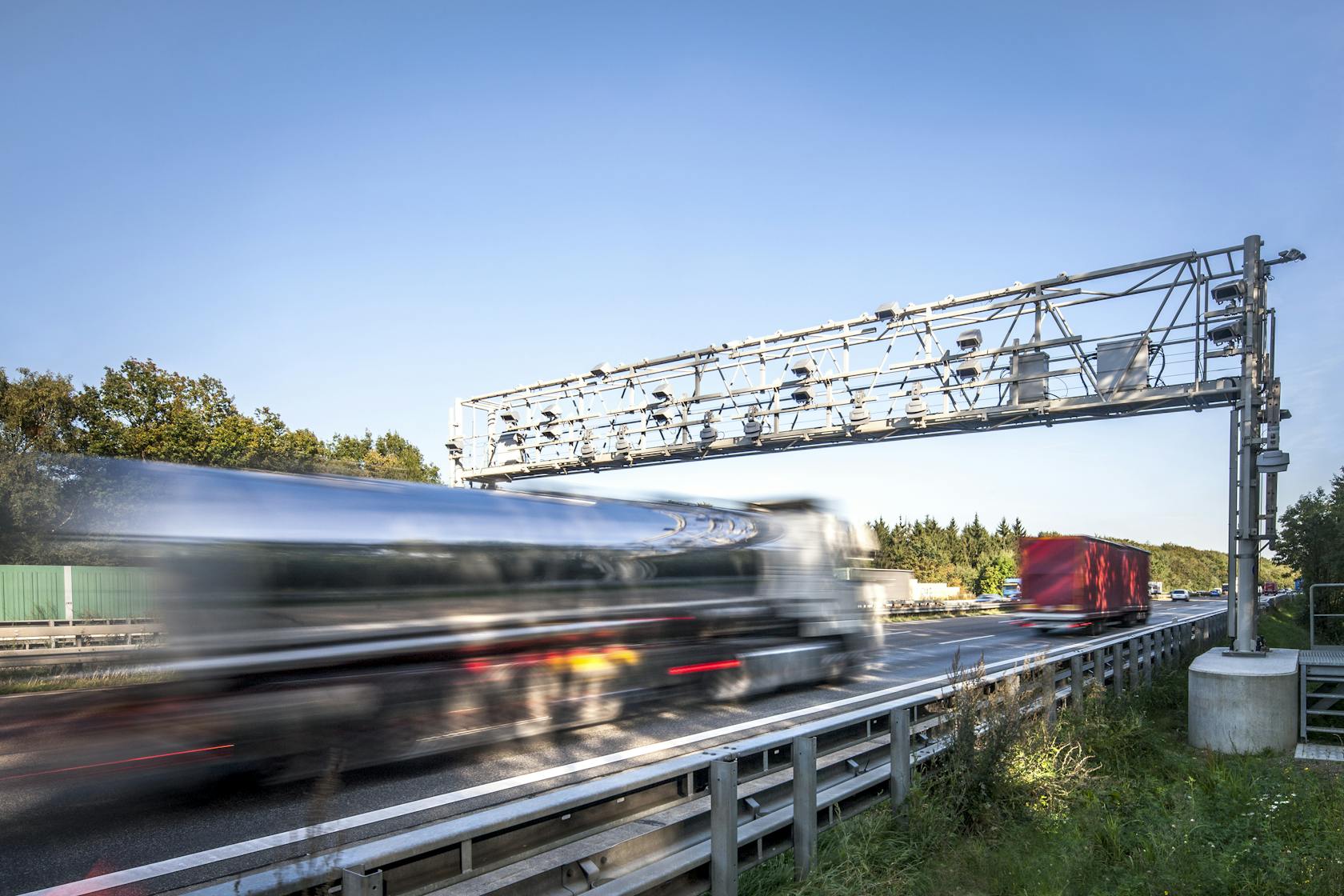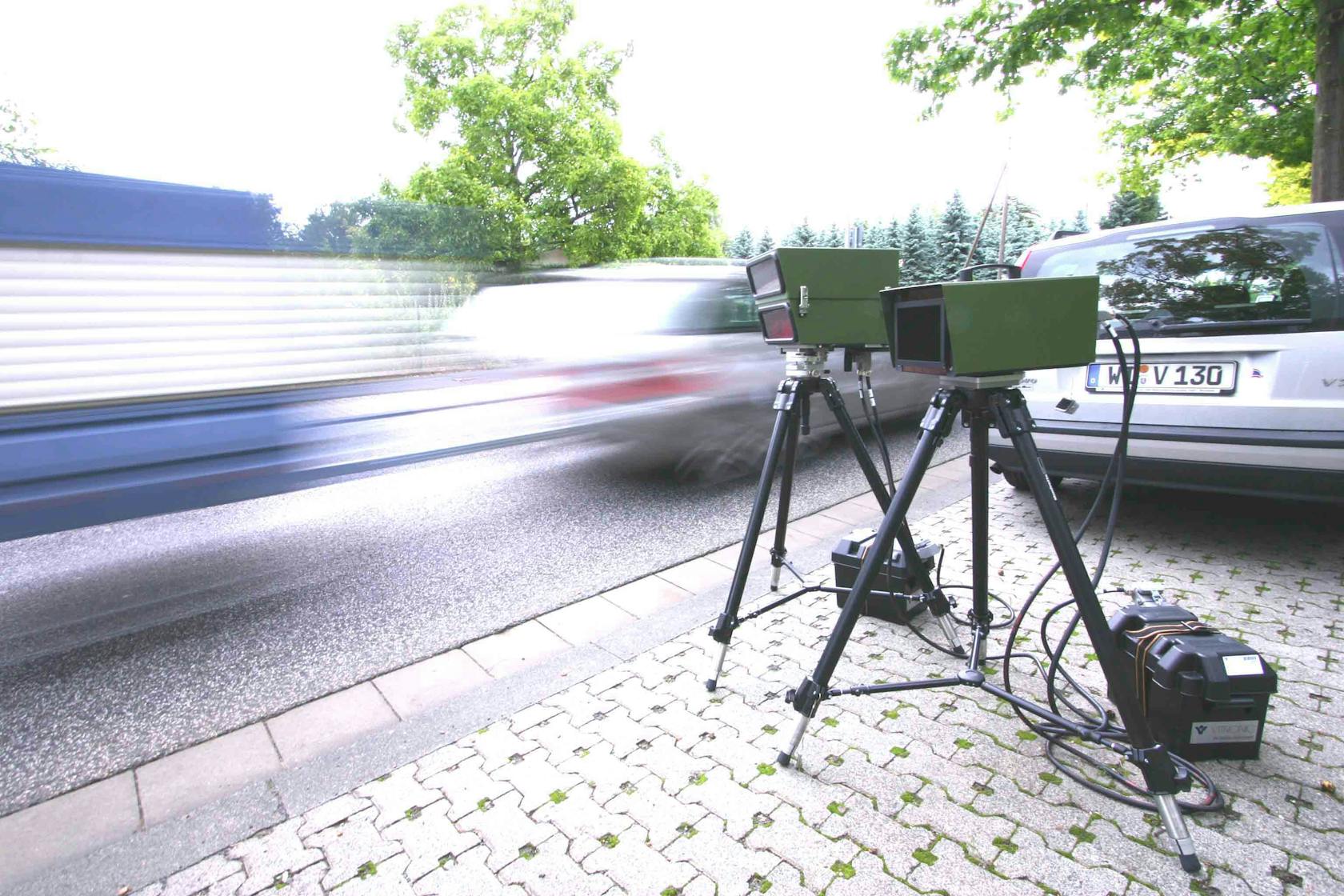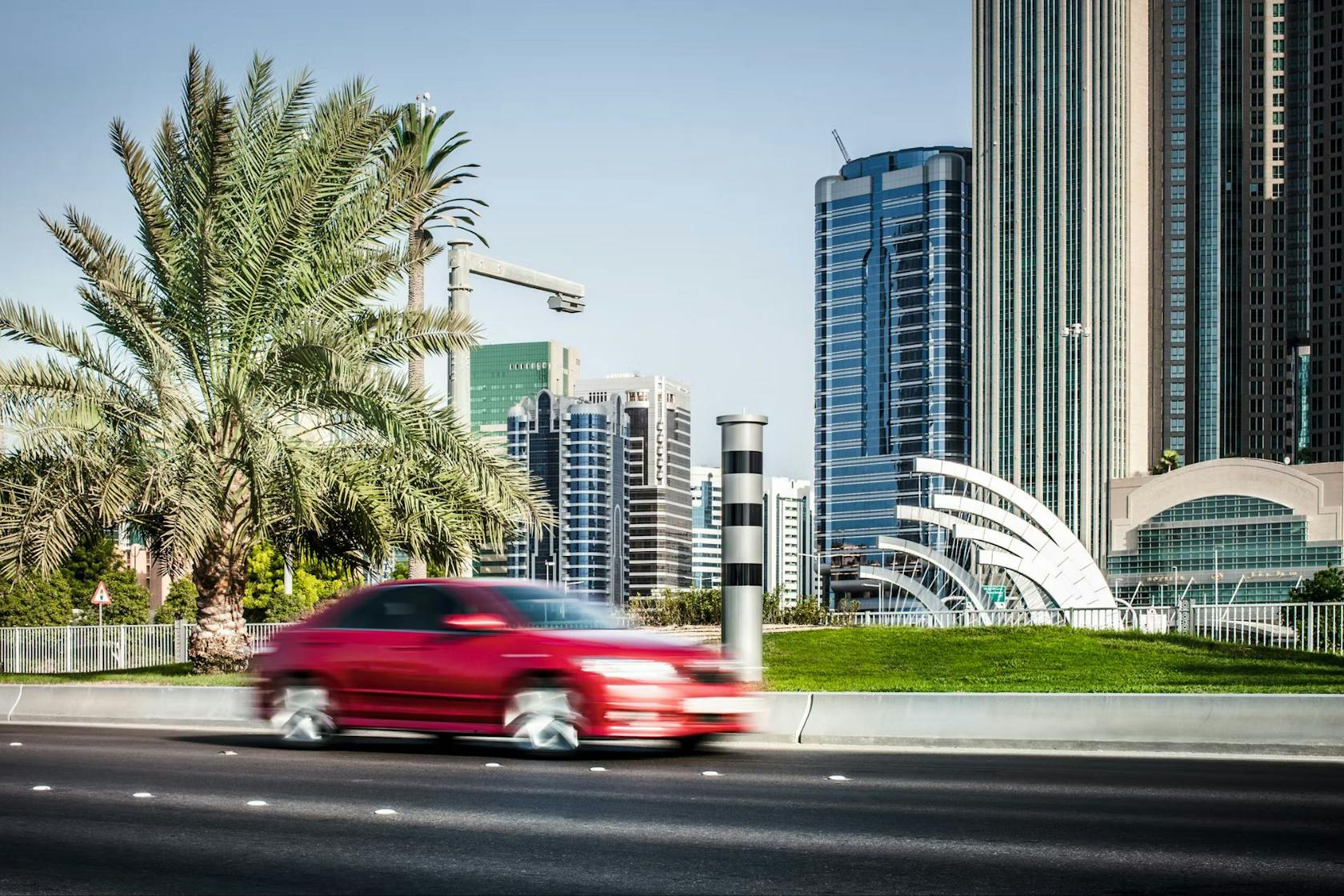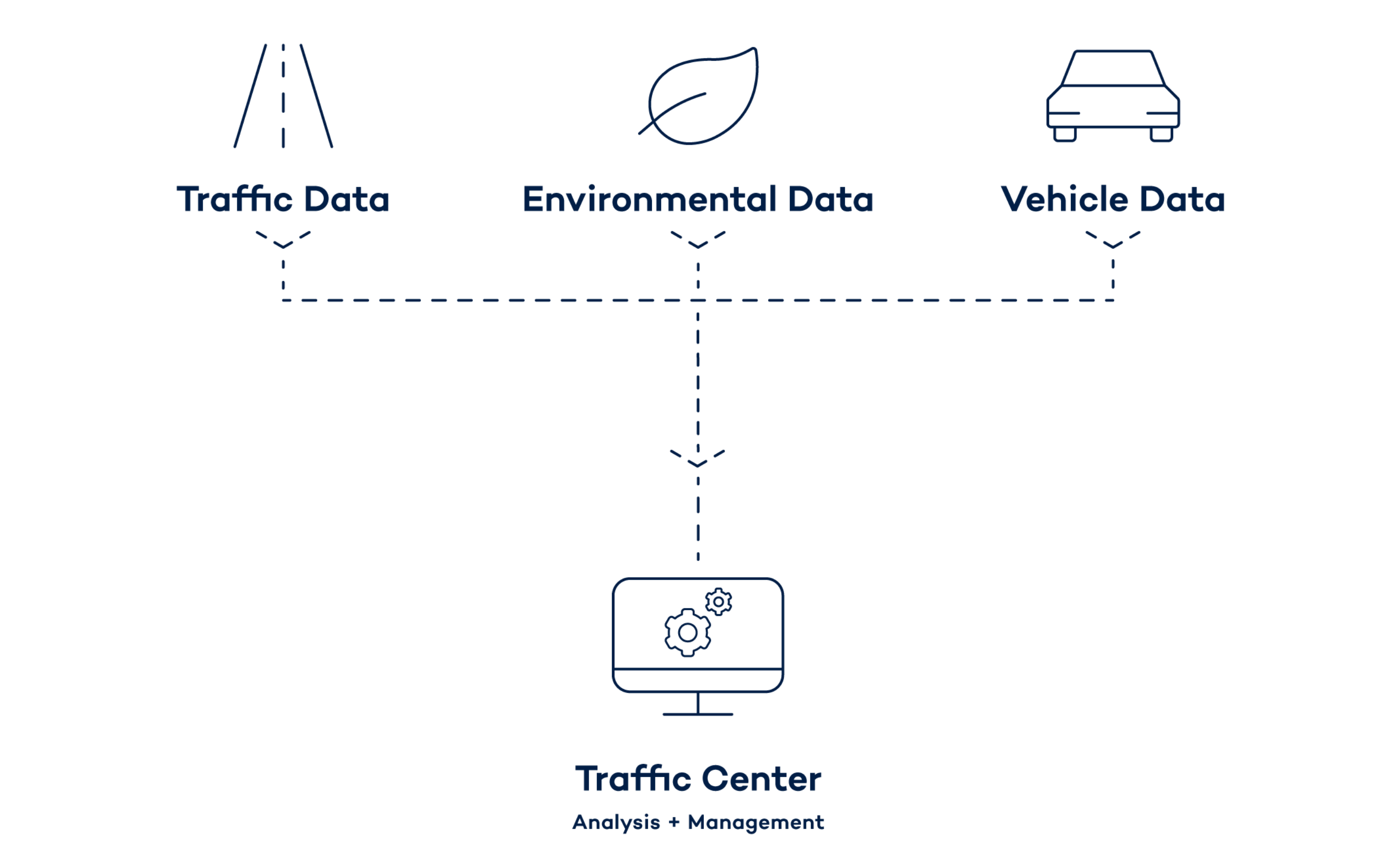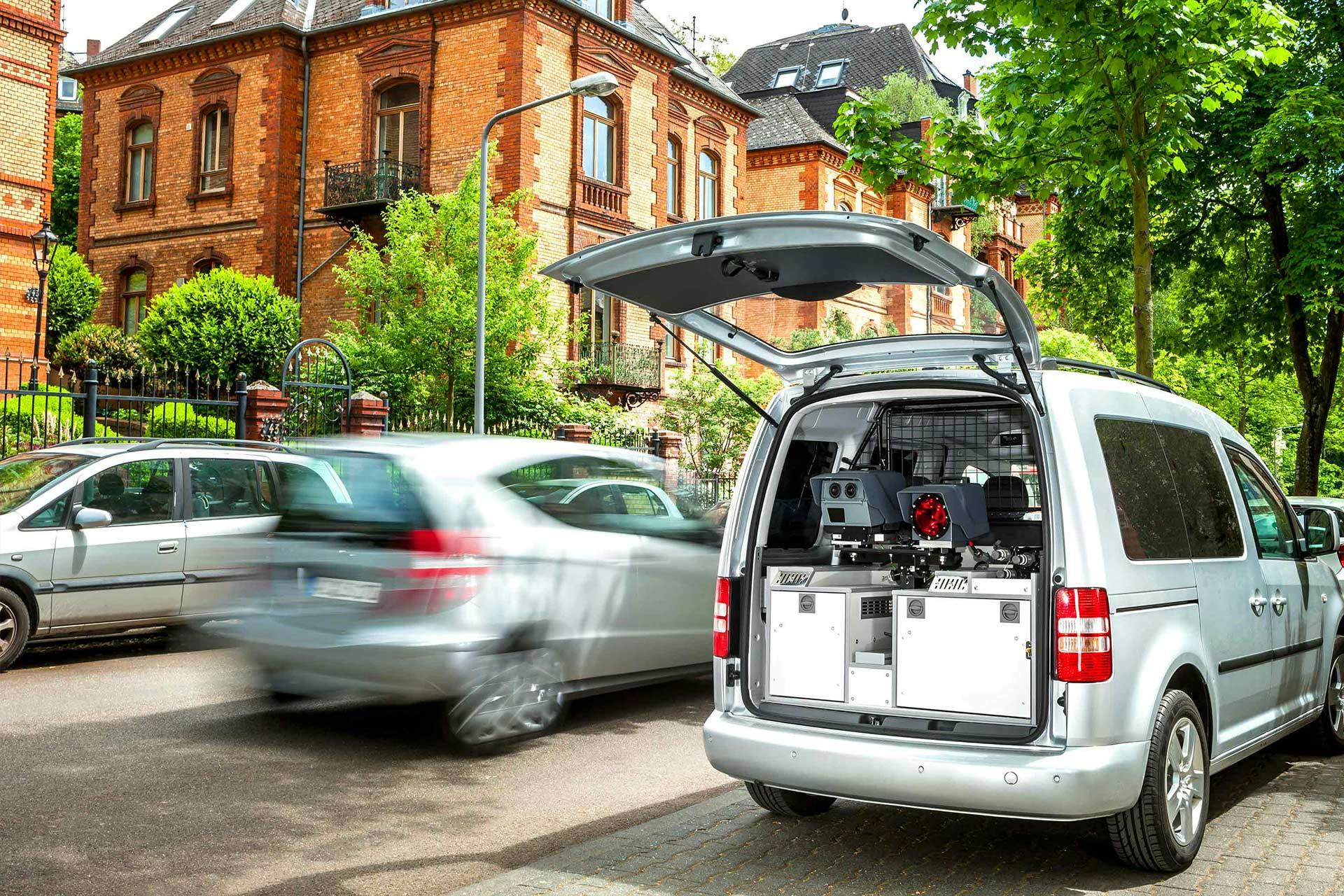

Further TopicsTowards the limits of what is physically possible
The success story of traffic technology at VITRONIC
For 35 years, VITRONIC has been one of the innovation drivers in the field of image processing. Especially the modern Lidar technology is associated with our company today. This also fundamentally revolutionized traffic control. But let‘s start at the beginning...
Before it was applied in traffic technology, the new pioneering technology of “image processing“ was first used in the industrial environment such as in the manufacturing of wooden staircases: Robots in the production lines used “machine vision” via image processing to accurately recognize, precisely handle and process the individual stair treads. In another step, the machine-applied laser inscriptions in plain text on the various wooden surfaces were read automatically for production control. While static robots used image processing on the spot, the technology also provided a new way of mobility: Driverless vehicles in factory buildings started to transport materials in areas inaccessible to humans (e.g. nuclear power plants).
During these projects, the focus was generally on image captures and their automatic evaluations, i.e. extracting information from the images and then deriving decisions and further actions from this information. As a result, robotic grippers could be controlled, quality tasks could be decided automatically, or production steps could be determined from label readings. These objective data evaluations were intended to streamline customers’ tasks and work processes.
All these developments paved the road for the evolution of traffic technology: from machine character scanning emerged the innovation of license plate reading.
Heading towards traffic technology
At VITRONIC, the age of traffic control began with the development and marketing of wet film scanners. As an industry outsider company, we encountered a market that was dominated by a few entrenched players – a market with also only few innovations. A window of opportunity we used!
By introducing a film scanner, we were able to automatically read vehicle license plates on images using character scanning. Fun side fact: This is where the name POLISCAN comes from. It originated from the application field of the police and image scanning. In 1995, VITRONIC introduced the PoliScan Classic for the digitization of wet film. For this, negative film rolls were still clamped in scanners. The images were guided by a precise mechanism past a line scan camera to read the license plate number and other data from the film.
A great success – License plate recognition and toll
2003 was a real milestone in the history of VITRONIC: Systems for vehicle detection via Lidar, automatic license plate recognition and classification. In 2003 we used all these technologies successfully for the first time for toll enforcement.
We also won our first major project in the context of traffic technology: VITRONIC successively equipped the toll control gantries on the highways for one of the first international truck toll system in two major projects. In addition to the supply orders, we also received a service contract. The first order was a huge project for VITRONIC already – and it was the largest ever in machine vision to date. As a result, staff had to be built up to cope with the greatly increased workload. The company grew: we opened offices in other countries, and many innovative thinkers joined the team. New employees joined primarily in the areas of development, project management, production, and service. With this new motivation and support, we implemented these major projects with excellence. We continued to capitalize on the momentum, with toll projects in Australia in 2009 and in France in 2012 involving more than 170 control gantries. At the same time, the company’s other business areas also developed very well, both technically and economically.
This was mainly due to the fact that the creativity and commitment of the employees was almost limitless.
Again, our central technology for detecting vehicles in these projects is Lidar (Light Detection and Ranging). We quickly realized that it could also be used to measure speed. So, we combined Lidar and camera technology – and the POLISCAN M1 was born!
Lidar for speed enforcement
With the Lidar technology, we brought a new advantageous measurement technology into the field that thoroughly shook up the traffic enforcement market. In conjunction with digital evidence collection, it enabled significantly improved speed enforcement and was a milestone in increasing traffic safety. For the first time, stationary speed enforcement systems operated without sensors built into the road surface.
The era of POLISCAN
In 2006, the Physikalisch-Technische Bundesanstalt(PTB) approved our POLISCAN Speed system in Germany for mobile and stationary use. Market awareness for this solution was high. It again took the company’s development to a new level. POLISCAN was and still is an attractive offer for every customer – also thanks to the option of combining stationary and mobile use. Speed enforcement projects in the USA, in our home market Germany and especially on the Arabian Peninsula are proof of the success. In 2009, our subsidiary VITRONIC Machine Vision Middle East LLC is founded in Dubai, as many Arab states wanted to significantly reduce the dramatically high number of traffic fatalities.
What will the future look like?
Traffic has increased significantly globally in recent years. Despite public debates about climate protection and a change in transport policy, car density in Germany rose by 12 percent from 2010 to 2019 alone, from an average of 509 to 569 cars per 1,000 inhabitants. This is the conclusion reached by the Federal Statistical Office (Destatis) based on figures from the Federal Motor Transport Authority (KBA) and its own calculations. To some extent, the limit of what is feasible has been reached. Resources are becoming increasingly scarce, and air pollution is also becoming an ever more urgent problem, especially in the densifying metropolitan areas. Topics such as the development of public transport, e-mobility and autonomous driving will be a priority for decision-makers in the future. It is vital to conserve resources. The credo is “Smart City”. Attached to it is one central goal: mobility must become sustainable and urban space more livable. Challenges and concepts related to the topic of Smart Cities require sensors that generate data in order to derive meaningful actions. These can be located in the vehicle or the surroundings.
Intelligent traffic management with POLISCAN
Devices of the POLISCAN family can not only measure speed, detect vehicle classes, record red-light violations, and monitor the correct use of lanes. With their help, additional information about traffic flow is also collected. The systems provide data on the volume of traffic on monitored routes. This includes the number of vehicles, the vehicle class, their average speed, and the lane and direction used. In addition, traffic control systems can be operated from a control center, allowing traffic managers to lower speed limits if necessary or to block individual routes or lanes for certain vehicle classes.
Future projects for modern cities
There are currently pilot projects in Darmstadt and Hamburg in which we are involved with our smart city expertise. In Hamburg, the aim is to increase traffic safety by optimizing the control of traffic signals and detecting vulnerable road users. We are using sensors to detect vulnerable road users (VRU) such as cyclists and pedestrians and pass on their position to autonomous vehicles.
The research project in Darmstadt, in turn, is investigating whether existing infrastructure elements by integrating additional sensors and interfaces can help to understand the interactions between traffic and environmental impacts. We have been supporting the project for some time. So far, the stationary measuring devices already available in the Darmstadt urban area, as well as mobile measuring devices, have been used to record additional air pollutants such as nitrogen oxides. 10,000 POLISCAN systems sold in ten years impressively show that VITRONIC offers future-proof solutions that always optimally address the current challenges of users.
The Lidar pioneer - VITRONIC-provides an important building block for innovative smart city concepts.
